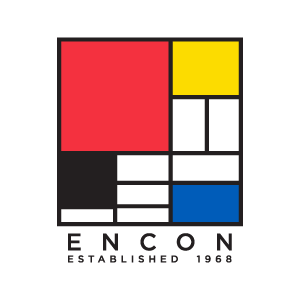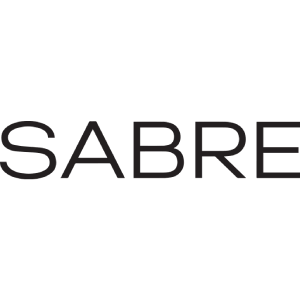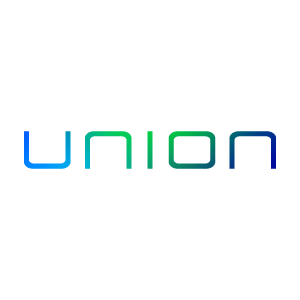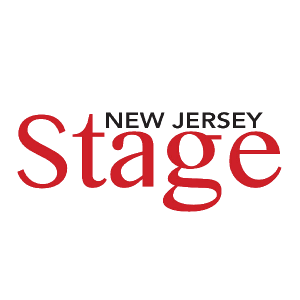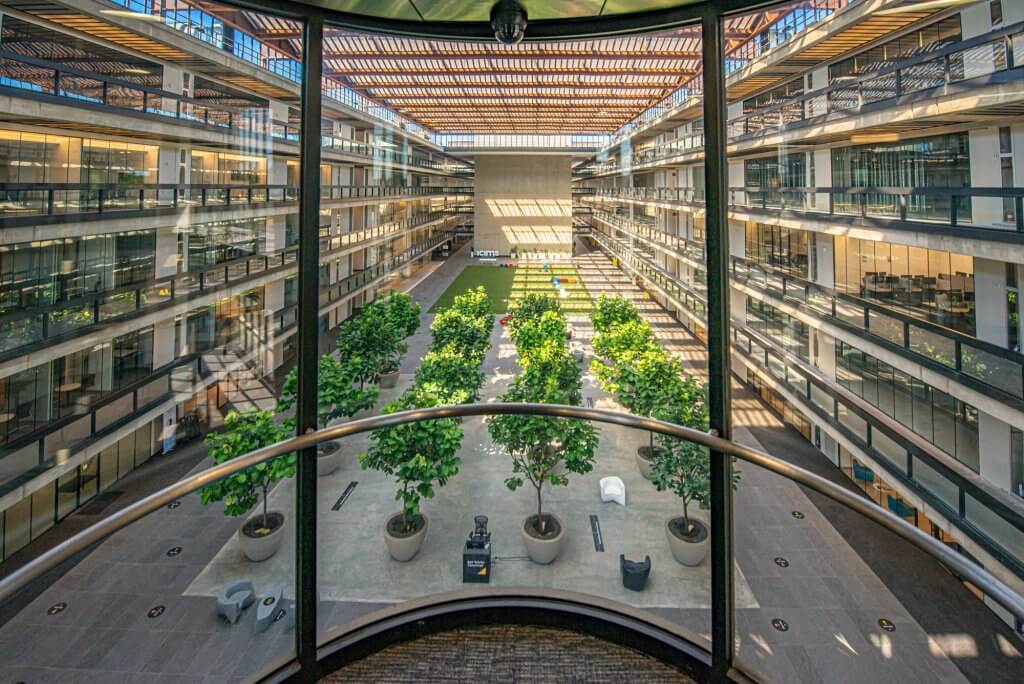
Welcome to the Metroburb
Bell Works is the reimagination of the historic former Bell Labs building in Holmdel, N.J. Today, the building is a one-of-a kind destination for business and culture, complete with a blossoming ecosystem of technology, traditional offices, retail, dining, hospitality, and much more. Bell Works is open to the public seven days a week.
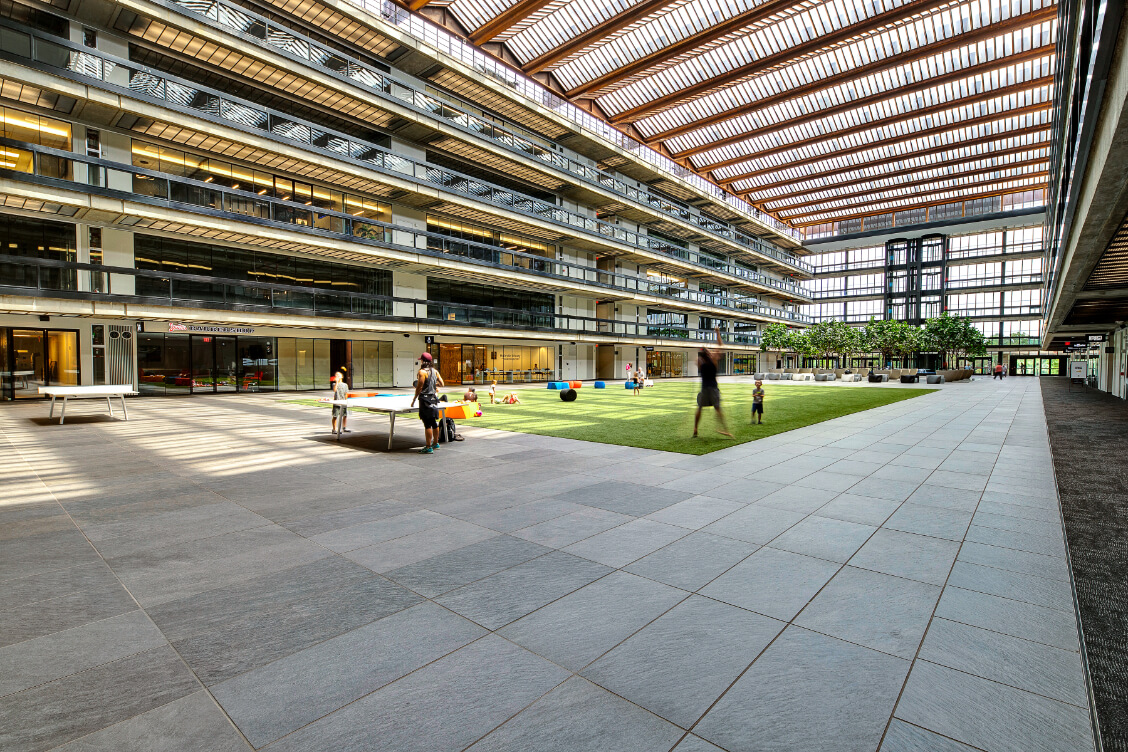
What is a Metroburb?
Metroburb
(Noun) /metroburb/
An urban hub. A little metropolis in suburbia.
“A large-scale mixed-use building, with great access, office, retail, entertainment, hospitality, residential, health, wellness, fitness, everything you would find in a metropolis but in a great suburban location. If you build it, you will have more demand than you can possibly supply.”

Bell Labs to Bell Works
Bell Labs to Bell Works
Bell Works is the reimagination of the historic former Bell Labs building, in Holmdel, N.J. Designed by renowned architect Eero Saarinen in 1962, Bell Labs was a birthplace for many leading technological innovations of the 20th century. Now, the building has been reborn as a lively Metroburb, or metropolis in suburbia – a one-of-a-kind destination for business and culture, complete with a blossoming ecosystem of technology, traditional offices, retail, dining, and much more.
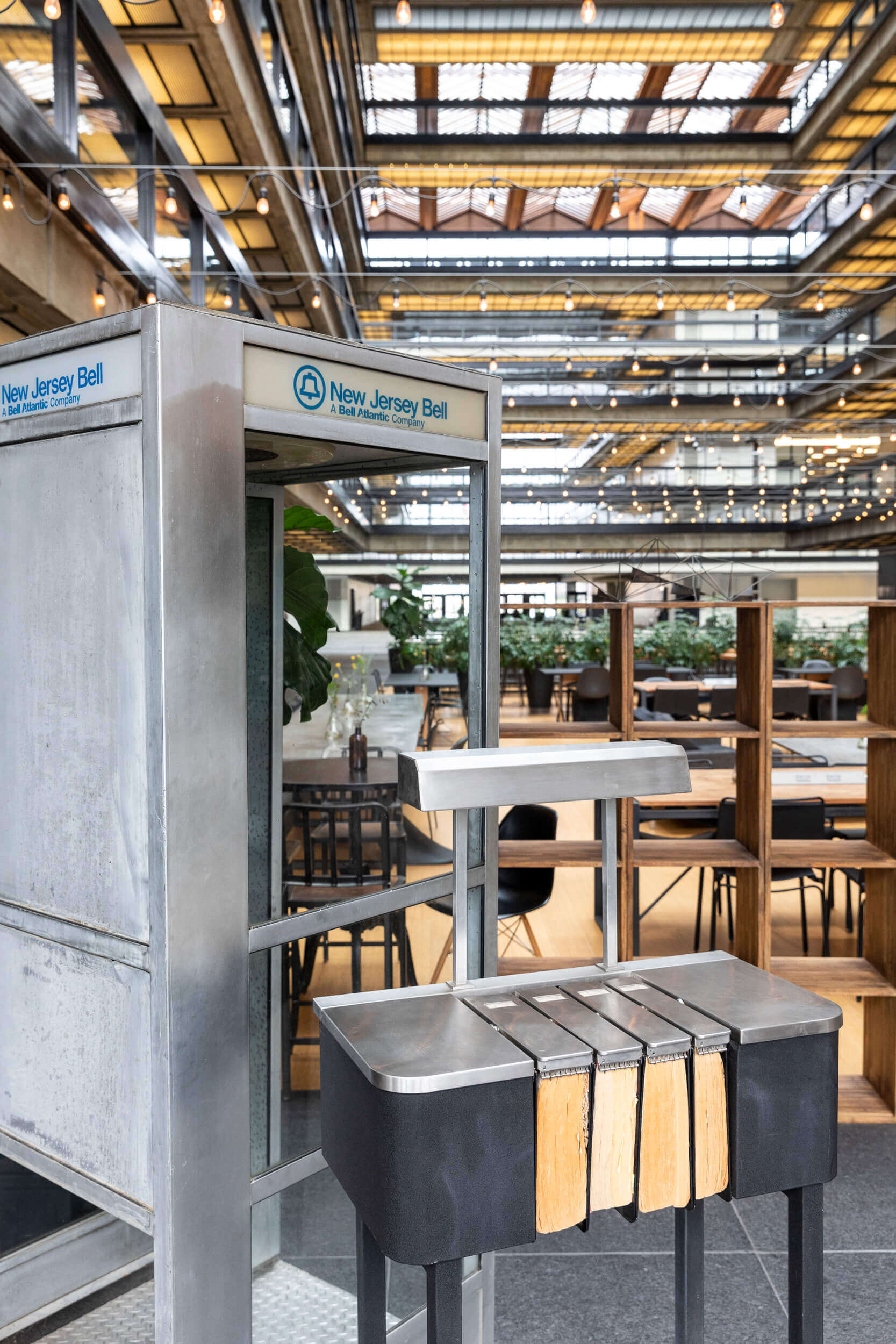
Perfectly Situated
Perfectly Situated
Situated along Crawfords Corner Road, Bell Works is approximately one mile from Exit 114 of the Garden State Parkway. Its central New Jersey location provides easy access to points north and south.
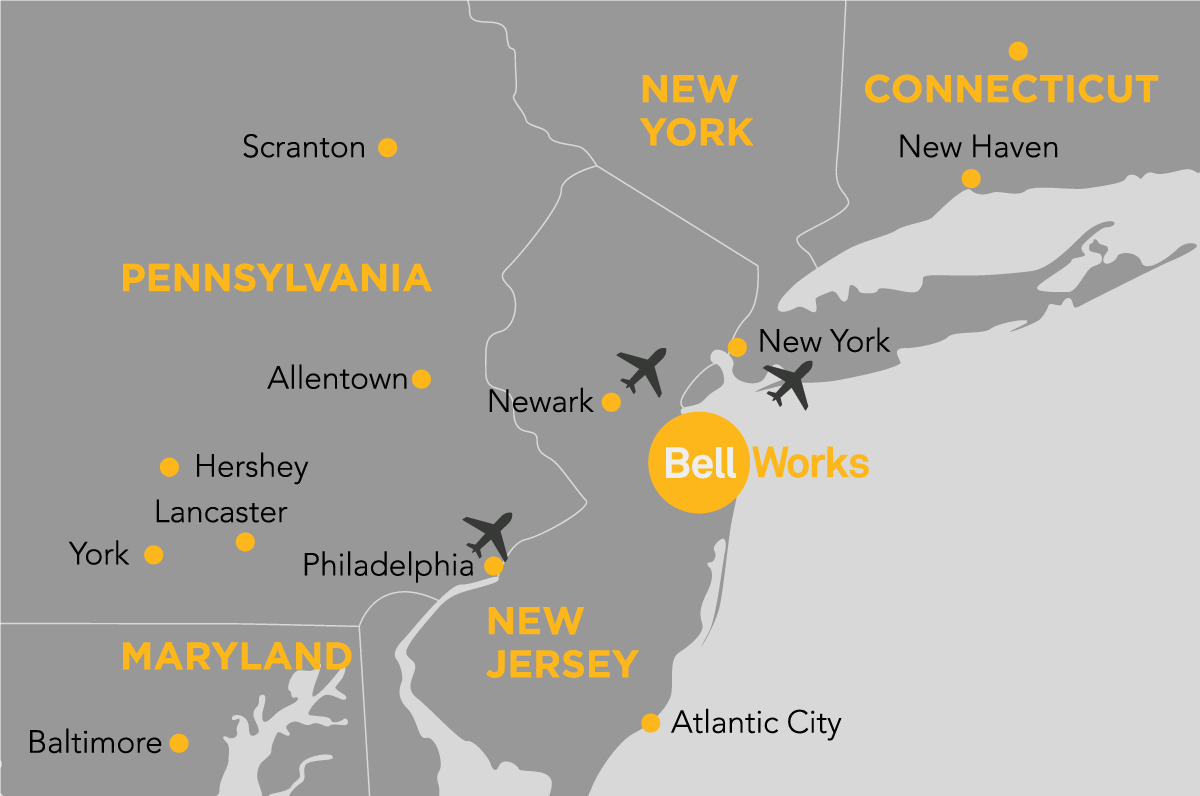
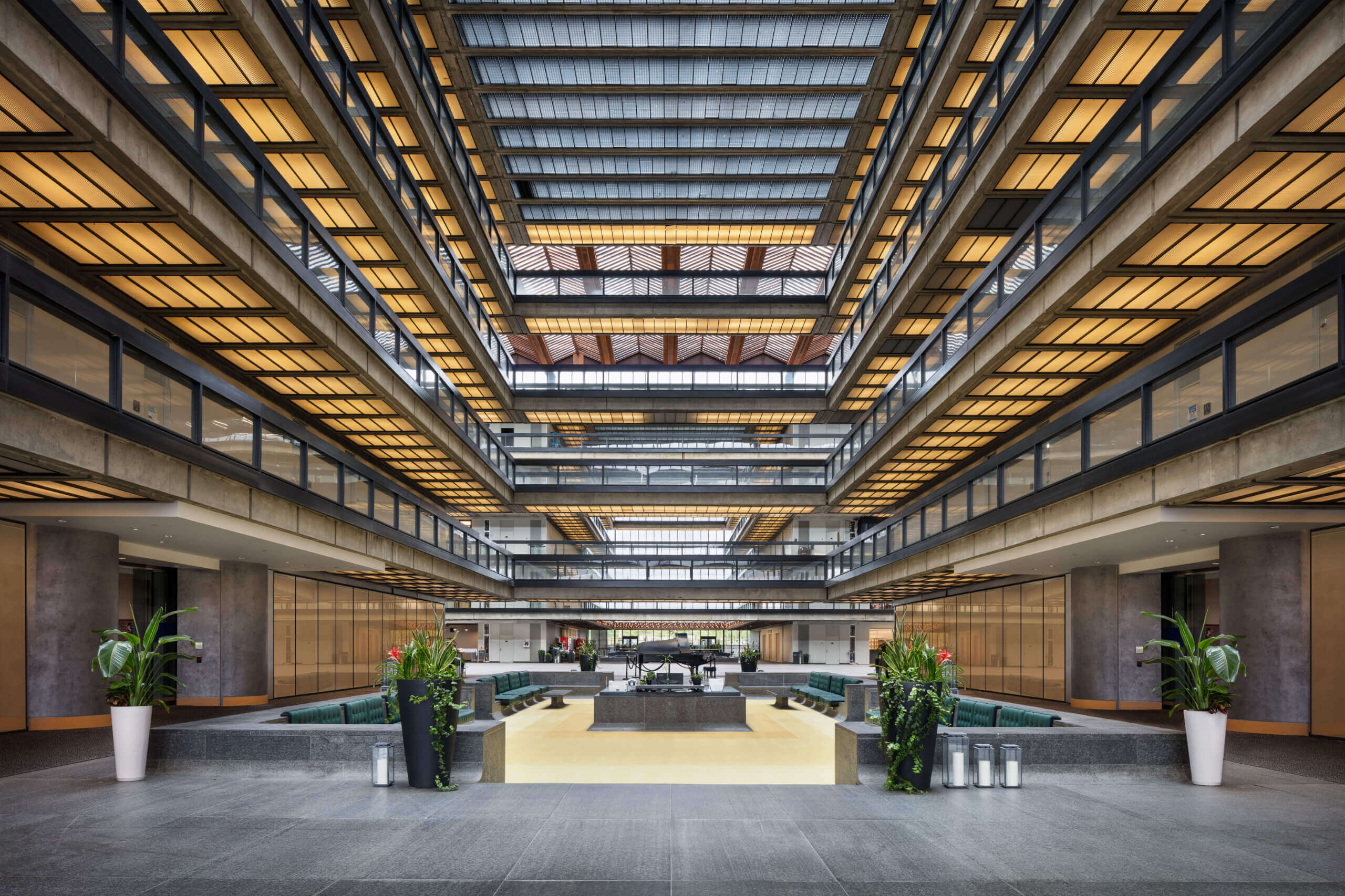
Bell Works Passport
Architecture
Originally designed in 1958 by renowned modernist architect Eero Saarinen, Bell Works’ signature glass-encased facade and timeless open-atrium scheme – which spans a quarter-mile – has built its reputation as NJ’s most iconic building. Considered one of the masters of American 20th-century architecture, the two-million-square-foot building offers naturally flowing, open spaces, including exposed, “inside-out” hallways, meant to foster collaboration and interaction. Acclaimed architects Kevin Roche and John Dinkeloo also greatly influenced the ultimate design of Bell Works, completing significant building additions in the 1980s.
Design
Deemed historic by the National Register of Historic places, the iconic modernist architecture of Bell Works inspired Alexander Gorlin and Paola Zamudio of NPZ Style & Decor to curate a distinctly contemporary design while paying homage to Bell Works’ storied past. The center atrium's sprawling floors mimic an art installation by Josef Albers, while other areas of the building such as the lobby 'conversation pit' have been refreshed and restored— one of many small tributes to Bell's ongoing legacy. The culmination of their collaboration, together with Ron Arad, is epitomized in the Albers floor pattern and iconic tubes throughout the atrium.
Innovation
Bell Works’ esteemed history is rooted in innovation. Considered an “innovation headquarters” for over 6,000 Bell Labs employees from 1962 to 2007, this renowned legacy of innovation has been preserved by a mass of technology-focused companies who now call Bell Works home. In its 40-plus year history as the research headquarters for Bell Laboratories, Lucent, and Alcatel-Lucent, the building hosted multiple Nobel Prize winners, including those who conceived theories for the laser, the Big Bang theory and more.
Education
We value our ability to offer educational programming for everyone at Bell Works, including daily workers and the surrounding community. Our popular “How it Works” speaker series hosts leaders from a diverse range of industries each month. These relaxed panels feature professionals who offer attendees a wealth of knowledge from down-to-earth career advice to experience-based know-how. We’re also the proud home of Holmdel’s Montessori school, which offers a range of programs designed to foster childrens’ creativity and individuality.
Community
The Bell Works’ Metroburb prides itself on its close-knit community. Every member of the Bell Works community — from daily workers to local residents and first-time visitors — experiences the Metroburb environment as a place for everyone to connect, mingle, network, work, play, dine and more. A bustling hub for events, the Metroburb’s public activations –like our roof deck fitness classes and our weekly Bell Works Fresh Farmers market –serve as ongoing catalysts for community building and meaningful interaction.
Sustainability
Bell Works’ renowned glass ceiling consists of more than 3,000 individual panes of photovoltaic glass spanning 60,000 square feet, generating power to 20 percent of the property’s common areas and electric car charging stations. This system has the capacity to convert available sunlight into 180 kW of reusable solar energy. Green design guidelines have also shaped the redevelopment of the building, with focus on incorporating sustainable materials throughout and increasing operational efficiency through modernization of building management systems.
Arts & Culture
Bell Works proudly embraces the arts in New Jersey and beyond. The building has welcomed various art exhibitions, including nationally-acclaimed artist Sarah Mehoyas’ Cloud of Petals înstallation. Bell Works also attracted director Daniel Arsham who chose the building to shoot several scenes of his Tribeca Film Festival-premiered film, “Future Relic ‘03.” Bell Works also hosts Axelrod Performing Arts Academy, which offers programming for musical theater, dance and more. Ongoing activations, including a gallery wall of local artwork, and creative artist collaborations continue to shape and enrich the Bell Works experience.
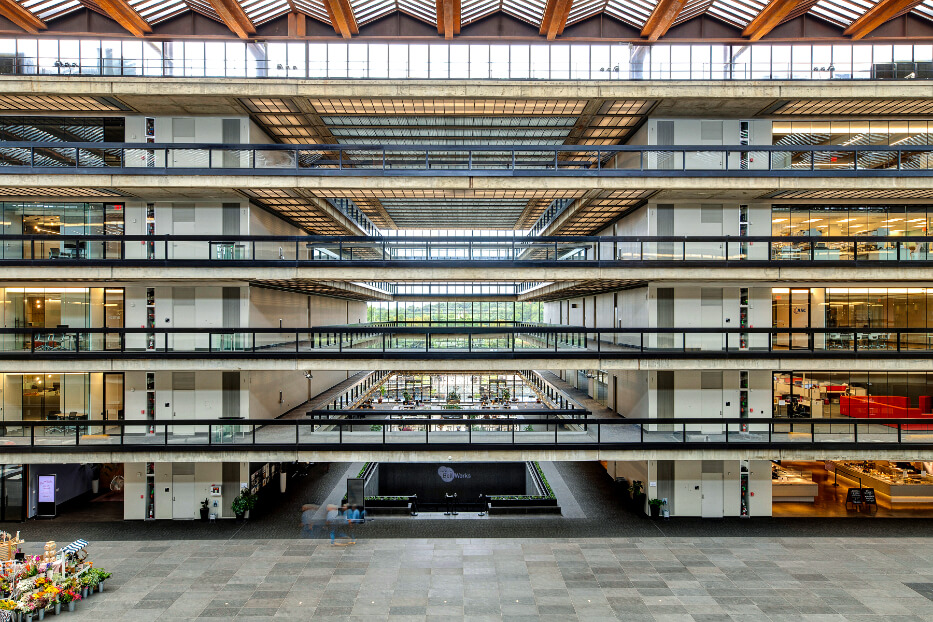
Telephotography Machine
Sends political convention photos long distance for newspaper publication.
Long Distance Television Machine
Sends images of Herbert Hoover via phone.
Cosmic Radio Waves
Karl Janksy discovers three types of static; nearby thunderstorms, distant thunderstorms, and the center of the Milky Way; at Crawford Hill, Holmdel, NJ.
Binary Digital Computer
George Stibitz designs the Complex Number Calculator, which performs mathematical operations in binary form using one-off relays and finds the quotient of two 8-digit numbers in 30 seconds.
Transistor
Invented by John Bardeen, Walter Brattain, and William Shockley. This first solid vacuum tube resulted in the transistor: a fundamental building block of modern electronic devices winning the Nobel Prize in 1956.
Microwave Tower Stations
400 stations are scattered across the country, by 1958 the microwave carrier made up 13,000,000 miles of American telephone circuits.
First Transatlantic Telephone Cable
Connects the US with Europe by carrying up to 36 simultaneous calls.
Laser ‘Light Amplification by Stimulated Emission Radiation’
Harnessed excited molecules and atoms to make light in an extremely pure form which led to all digital laser technologies.
Horn Antenna & Transmission Dish
Picks up a static noise providing the strongest evidence to date that the universe was created in a ‘Big Bang’ explosion.
1959-1962: Construction of Bell Laboratory in Holmdel, NJ
It was said that connection and collaboration between researchers within this building was the fabric of Bell.
1960-1964: Project Echo
Experimental Balloon Satellite first indication of worldwide satellite communication system; a coast to coast (Crawford Hill at Holmdel, NJ to Goldstone, CA) voice transmission bounced off a man-made satellite.
Continuously Operated Laser Beam
Leads to fiber-optic communications.
Bellboy Pager
One of the first consumer applications of the transistor, this personal pager alerts sounds upon incoming calls thus keeping Bellboys and Doctors alike in constant contact.
Telstar I
First orbiting communications satellite to receive, amplify, and transmit voice and data.
Touch-tone Telephone
Enables voicemail and call centers.
1969-1972: Unix Operating System
Became the ‘Gold standard of operating systems’ and the Internet’s foundation, developed by Ken Thompson, Dennis Ritchie.
1978-1980: Commercial Cellular Network and Digital Cellular Phone
Connects the country wirelessly and makes us all the more hip.
Fiber Optic Cable Laid Across Atlantic
Leads to global connectivity and would not have been possible if Bell Labs had not developed the technology to make optical fiber practical.
1924
1927
1933
1939
1947
1954
1956
1958
1959
1959
1960
1961
1962
1962
1963
1969
1978
1988
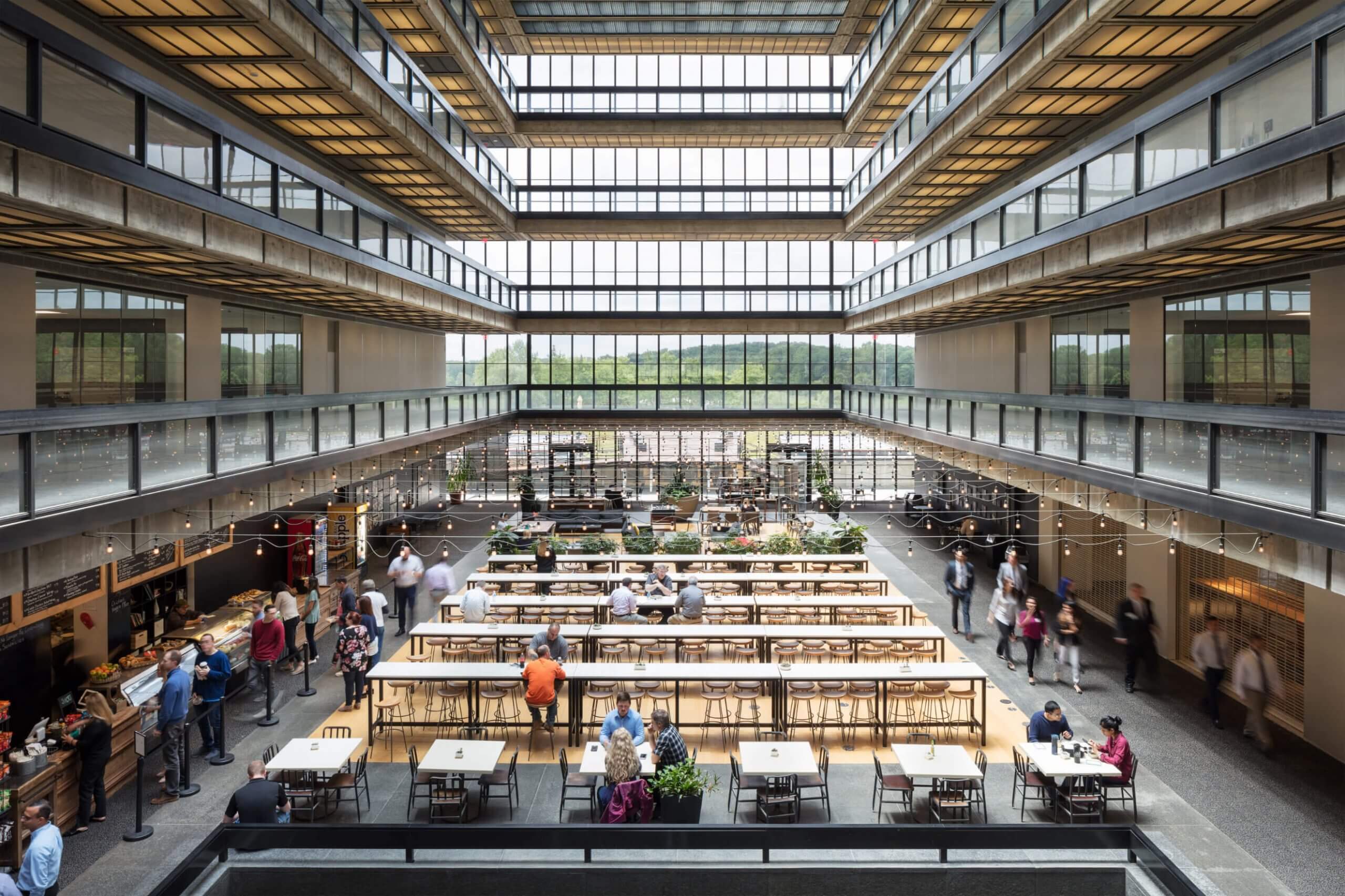
Bell Works Case Study
By HLW and the USC Spatial Sciences Institute
Who Makes Bell Works Work
It takes a village
Bell Works In
The News
Extra! Extra! Read all about it!
 Bell Works Related Awards
Bell Works Related Awards
For excellence in development, design and entrepreneurship





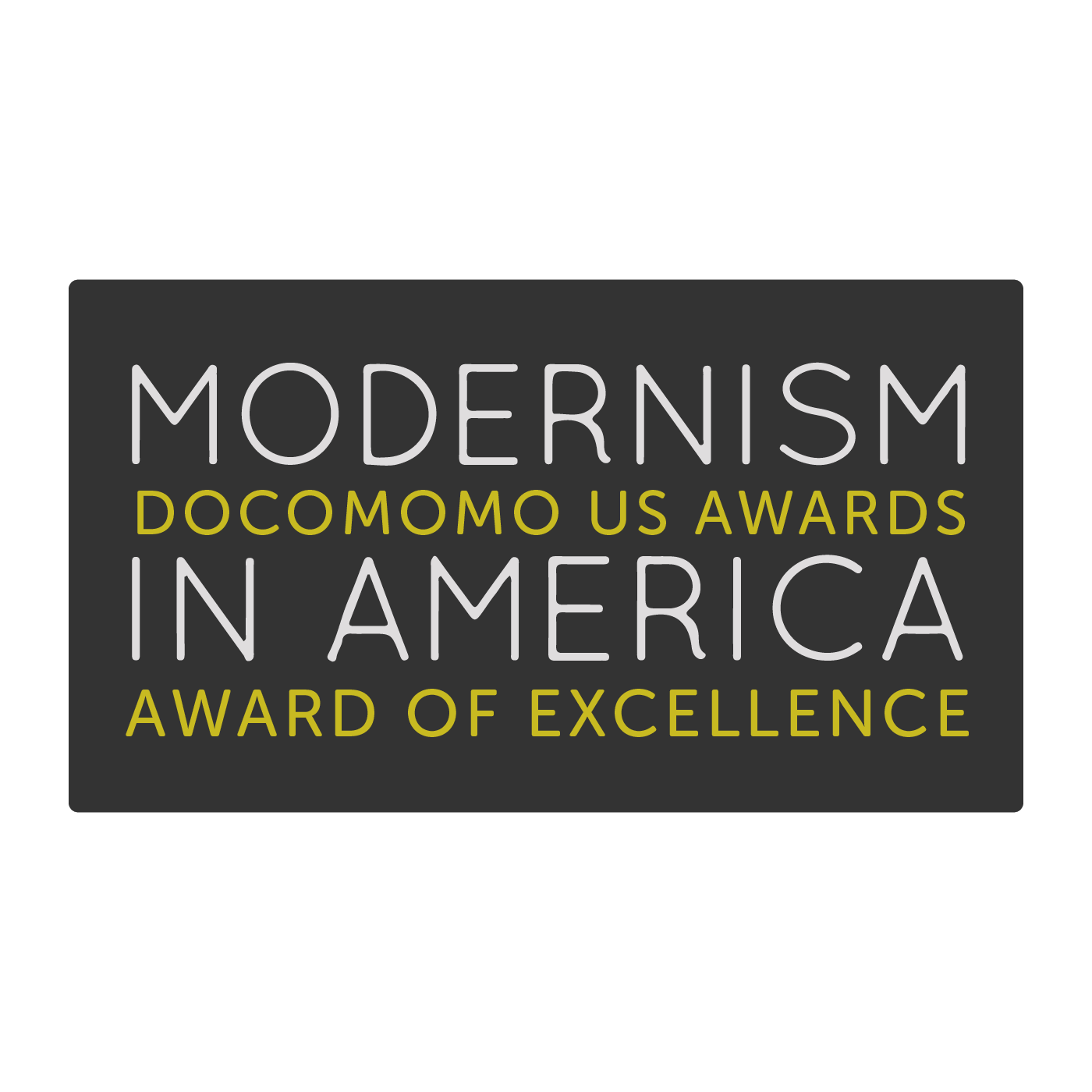
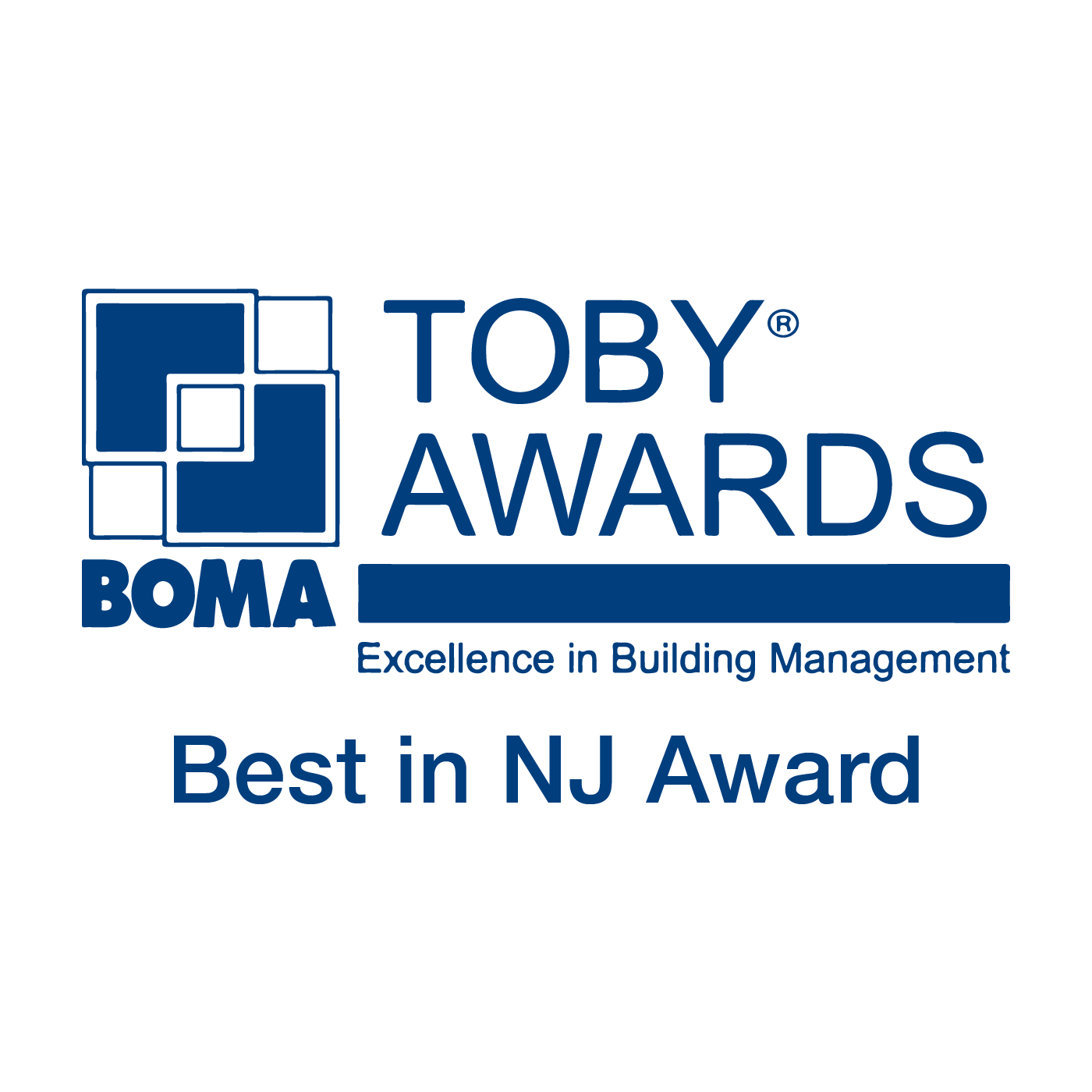

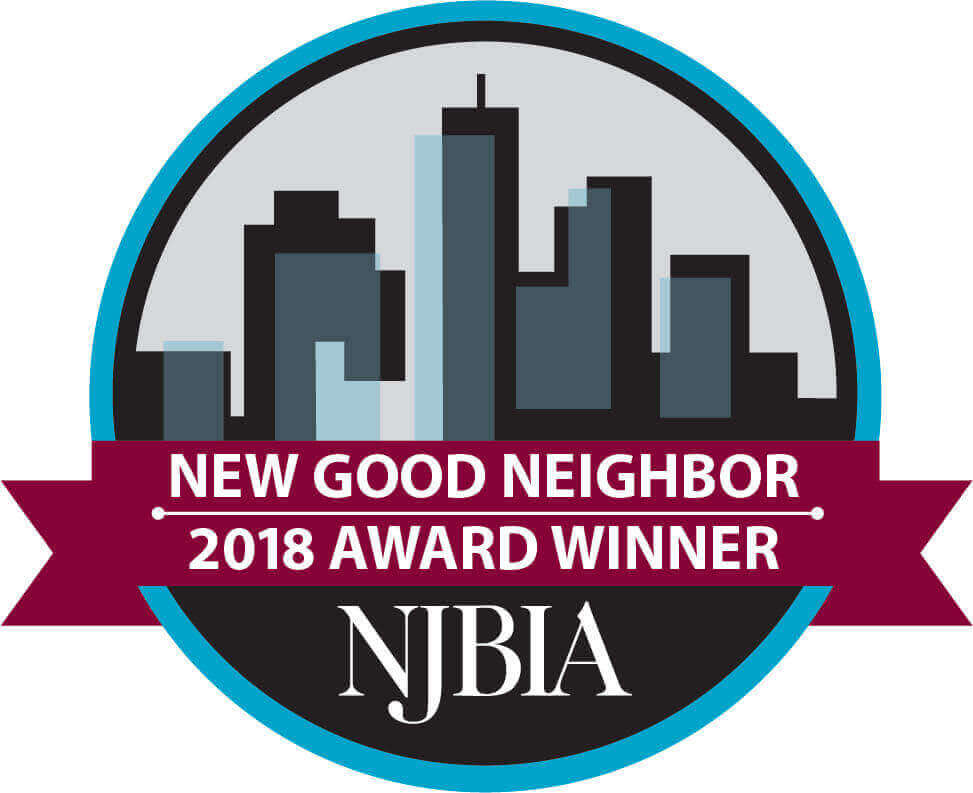

Join Our NJ Mailing List
Get the latest Bell Works NJ news & events!
Follow Us On Instagram
[instagram-feed]






